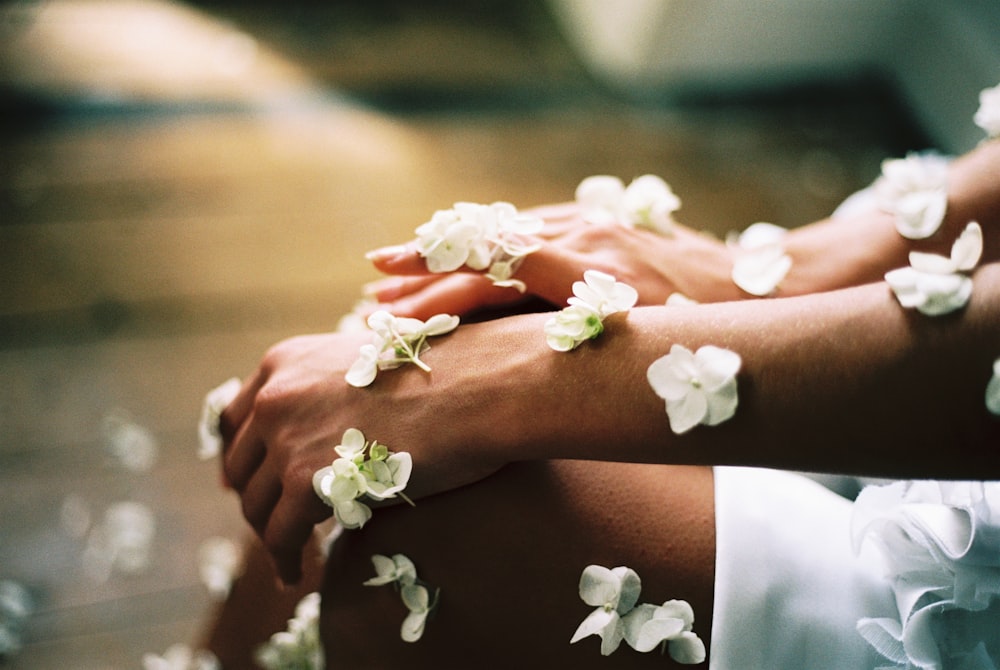Understanding Uncircumcised Skin
Uncircumcised skin, characterized by the presence of the foreskin covering the tip of the penis, can sometimes be prone to redness and irritation. This condition, often referred to as “red tips,” can be bothersome and uncomfortable for many men. Understanding the causes and effective care tips for reducing red tips on uncircumcised skin is crucial for maintaining optimal penile health.
Causes of Red Tips on Uncircumcised Skin
Several factors can contribute to the development of redness on uncircumcised skin. Friction from clothing, excessive moisture, poor hygiene practices, and sensitivity to certain products or materials are common culprits. Additionally, infections, such as balanitis or thrush, can also cause redness and irritation in uncircumcised men. Identifying the underlying cause is essential for implementing appropriate care strategies.
Maintaining Good Hygiene
Proper hygiene practices are essential for preventing and reducing red tips on uncircumcised skin. Men should gently retract the foreskin during showering or bathing and cleanse the area with warm water and a mild, fragrance-free soap. It’s crucial to avoid harsh or scented products, as they can exacerbate irritation. After washing, thoroughly pat the skin dry with a clean towel to minimize moisture buildup, which can contribute to redness.
Avoiding Irritants
Certain irritants, such as harsh soaps, detergents, and personal care products, can exacerbate redness and irritation on uncircumcised skin. Opt for gentle, hypoallergenic products that are free of fragrances and harsh chemicals. Additionally, avoid using condoms or lubricants that contain spermicides or other potential irritants. Choosing products specifically formulated for sensitive skin can help minimize discomfort and redness.
Moisturizing Effectively
Moisturizing the skin can help alleviate dryness and reduce redness on uncircumcised skin. Look for moisturizers that are non-comedogenic and free of fragrances and dyes. Apply a small amount of moisturizer to the penis and foreskin after cleansing to help maintain hydration and prevent irritation. However, be cautious not to overapply, as excess moisture can lead to further discomfort and potential fungal infections.
Managing Infections
In some cases, redness on uncircumcised skin may be due to an underlying infection, such as balanitis or thrush. If redness is accompanied by symptoms such as itching, burning, or discharge, it’s essential to consult a healthcare professional for proper diagnosis and treatment. Depending on the underlying cause, treatment may involve topical or oral medications to alleviate symptoms and resolve the infection.
Seeking Medical Advice
If redness and irritation persist despite diligent care efforts, it’s crucial to seek medical advice from a healthcare professional. Persistent redness may indicate an underlying issue that requires further evaluation and treatment. A healthcare provider can perform a thorough examination, diagnose any underlying conditions, and recommend appropriate treatment options tailored to the individual’s needs.
Preventing Recurrence
Once redness on uncircumcised skin has been successfully treated, it’s essential to take steps to prevent recurrence. Continue practicing good hygiene habits, avoid irritants, and moisturize the skin regularly to maintain optimal penile health. Be mindful of any changes in the appearance or sensation of the skin and seek prompt medical attention if concerns arise. By incorporating these care tips into a regular routine, men can reduce red tips and promote overall penile wellness. Read more about red tip on uncircumcised skin




